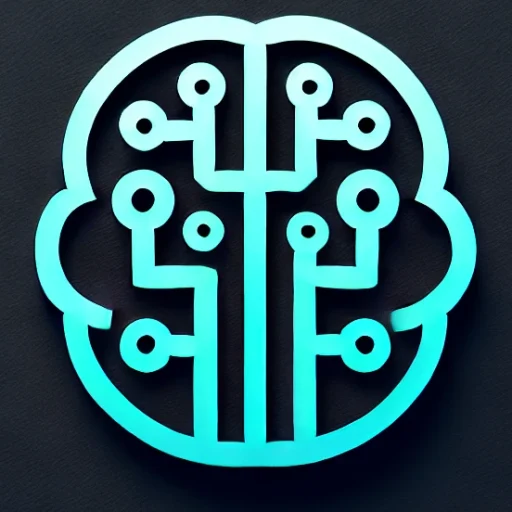
Introduction
In the ever-evolving landscape of artificial intelligence and computing, one topic has surged to the forefront with its transformative potential: Generative AI. This innovative branch of AI focuses on creating new content—be it text, images, music, or even complex designs—by learning patterns from existing data. The recent advancements in generative AI not only demonstrate incredible technological prowess but also redefine creativity, opening up a myriad of applications across industries. This blog explores how generative AI is revolutionizing our digital world, the challenges it faces, and its promising future.
Key Insights & Latest Advancements
Generative AI is primarily driven by models like Generative Adversarial Networks (GANs) and Variational Autoencoders (VAEs), with recent breakthroughs in large-scale models such as OpenAI’s GPT and Google’s Imagen further expanding its capabilities. These models are increasingly adept at generating high-quality, realistic content, evidenced by the latest version of OpenAI’s ChatGPT, which can produce coherent and contextually relevant text, and DALL-E, which creates stunning visual art from textual descriptions.
Recent advancements have made generative AI models more robust and efficient, with better understanding of contextual nuances. Techniques such as few-shot learning and reinforcement learning are being integrated to enhance their adaptability and precision, thereby expanding their utility in fields like natural language processing and image synthesis.
Real-world Applications
The applications of generative AI are vast and varied, impacting numerous sectors:
- Creative Industries: From generating digital art to composing music and writing scripts, generative AI is empowering artists and creators by automating routine tasks and providing inspiration for new works.
- Healthcare: In drug discovery, generative models simulate molecular structures to predict the effectiveness of pharmaceuticals, significantly accelerating the R&D process.
- Marketing & Customer Service: AI-generated content personalizes marketing efforts, creating engaging advertisements and automating customer interactions with chatbots.
- Architecture and Design: Architects use generative AI to create innovative designs and optimize structural plans, enhancing both functionality and aesthetics.
Challenges & Future Outlook
Despite its potential, generative AI faces several challenges:
- Ethical Concerns: The ability to generate realistic content raises issues of misinformation and copyright infringement. Clear guidelines are needed to address these concerns.
- Bias and Diversity: AI models can perpetuate biases present in training data, leading to skewed outputs. Ensuring fairness and inclusivity in AI systems is crucial.
- Resource Intensiveness: Training large generative models requires substantial computational resources, raising barriers for smaller enterprises and contributing to environmental concerns.
Looking ahead, the future of generative AI is promising yet demands careful consideration. Researchers are focused on developing more efficient, ethical, and transparent models. As these models become more accessible, they are expected to democratize content creation, fostering a new era of innovation and collaboration.
Conclusion
Generative AI stands at the vanguard of technological innovation, transforming how we create and interact with digital content. By challenging traditional boundaries and redefining creativity, it offers profound opportunities across diverse fields. However, addressing ethical concerns and ensuring equitable access are crucial for its sustainable development. As we navigate this exciting frontier, the key takeaway is clear: generative AI is not just shaping our present digital landscape, but it is also setting the stage for the future of creativity and technology.

